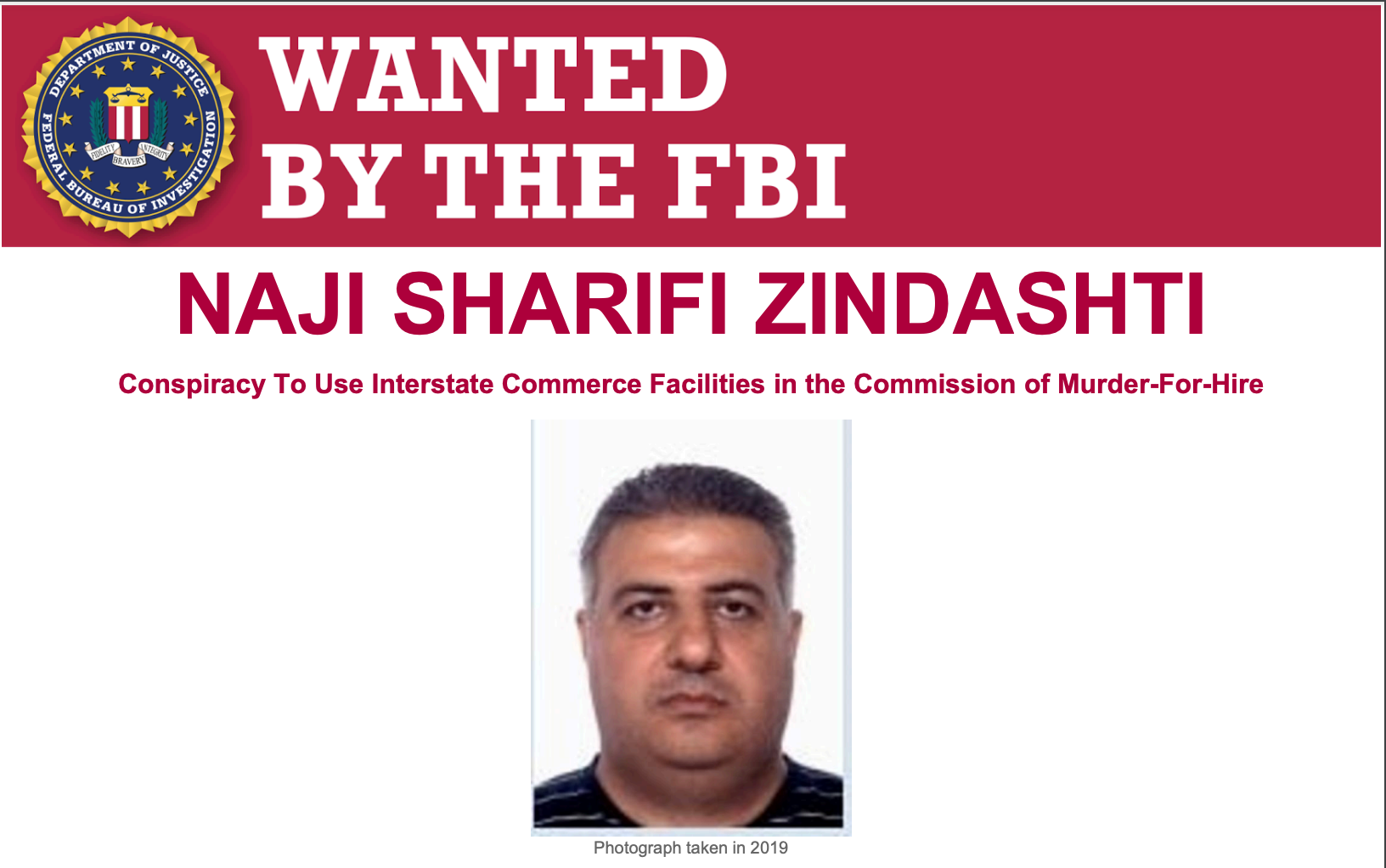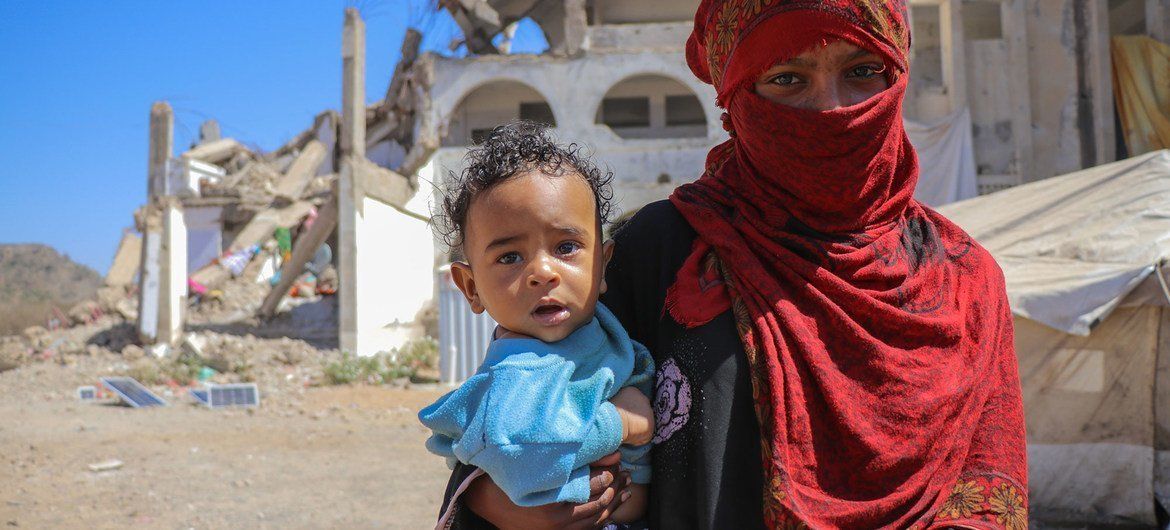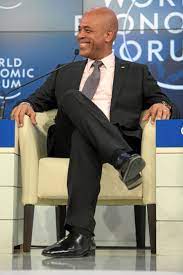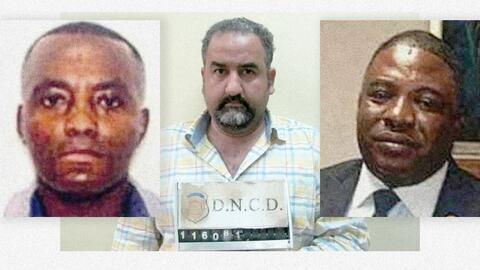Articles
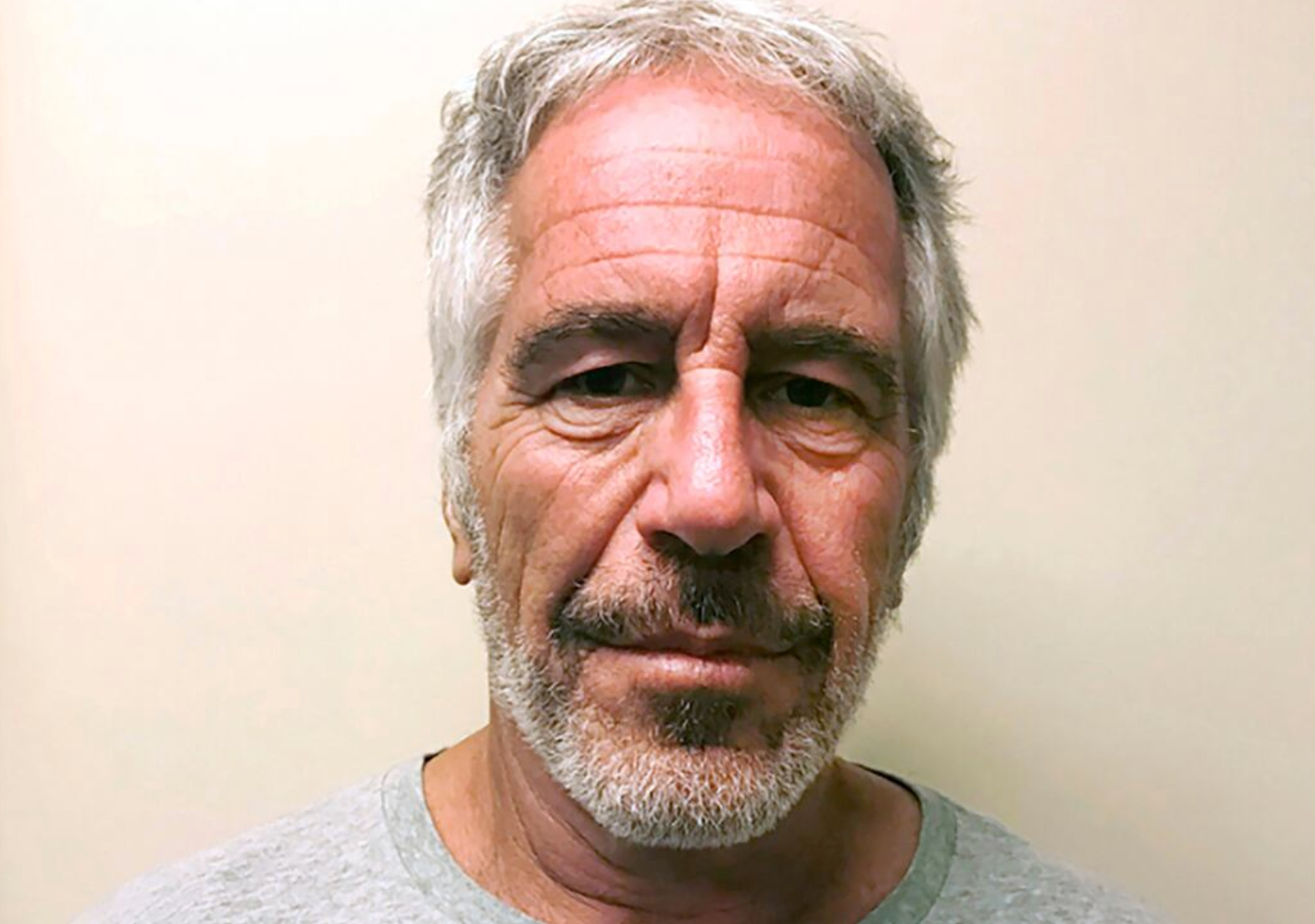
By Brian Saady
•
27 Mar, 2024
Lazy journalists labeled Epstein as a “financier,” a “man of mystery,” a “philanthropist,” etc. This was one of the most sought-after stories of recent times, yet the corporate media dropped the ball through self-censorship and ineptitude. The evidence indicates that Epstein was involved in the intelligence community. It defies logic to think otherwise considering that he was so deeply tied to one of the largest Ponzi schemes of its time, involved in international arms dealing, owned a fake passport, operated a blackmail scheme that masqueraded as a sex trafficking ring, influenced key business/political leaders, held hundreds of millions of dollars of nebulous wealth, among other reasons. Here's a timeline of events that will help to clear up many of the questions surrounding his life. Timeline 1974 June – Epstein finished studying at Courant Institute of Mathematical Sciences at New York University without receiving a degree. 1974-1976 Epstein was a teacher at Dalton School in Manhattan, an elite private school. 1976 – Epstein was dismissed from Dalton School. Six of his former students spoke to a reporter at The New York Times . They said that he didn’t touch them, but he crossed lines of appropriate behavior, particularly when he attended high school parties. 1976 – Epstein joined Bear Stearns and started as a junior assistant to a floor trader. He gained this opportunity because he impressed then Bear Stearns CEO, Alan “Ace” Greenberg, during a parent-teacher conference . Epstein reportedly tutored the son of Greenberg and was friendly with Greenberg’s daughter. 1980 – Epstein had a rapid rise through the company and became a limited partner in Bear Stearns. 1980 Oct - Epstein featured as Cosmo magazine's “Bachelor of the Month.” 1981 March 12 - Epstein resigned from Bear Stearns. This was after the firm fined him $2,500 for breaking a regulatory rule by letting a friend/client borrow money to buy stock. He also received a 60-day suspension. 1981 April 1 – Epstein testified to SEC officials about his time at Bear Stearns. The SEC questioned him about the suspicious timing of his resignation. It came days before an insider trading scandal. The Seagram Company attempted a takeover of St. Joe’s Mineral Corp. Traders at Bear Stearns were suspected of using offshore accounts to trade based on that nonpublic information. Epstein maintained that his resignation had nothing to do with that investigation and never faced charges. This is the beginning of a pattern of Epstein’s connections to financial scandals without facing time behind bars. 1981 August – Epstein formed his financial advisory firm , Intercontinental Assets Group Inc, which he ran out of his apartment in New York City. 1981 – Epstein was a natural charmer/networker/manipulator/con artist. However, when he met Douglas Leese at a Texas oil tycoon’s party, that was seemingly when he became a player in the intelligence community. Douglas Leese’s name is kind of a footnote in most contemporary Epstein reporting, but Leese was a prominent British arms trafficker. That’s an industry that often is a nexus between intelligence agencies, corrupt politicians, and savvy money launderers; the latter being where Epstein’s help was likely welcomed. Douglas Leese was one of the facilitators of Britain’s largest arms/corruption scandal in history. According to the British Parliament , he helped to arrange some of the bribes, possibly using the offshore bank, the Bank of NT Butterfield in Bermuda, for the Al Yamamah oil-for-arms deal between Saudi Arabia and the British defense contractor worth £43 billion in revenue between 1985 and 2007. Douglas became a mentor to Epstein, according to Douglas Leese’s son, Julian Leese. Douglas Leese was also linked with the Saudi arms trafficker, Adnan Khashoggi. He was one of the key brokers in the Iran-Contra affair .
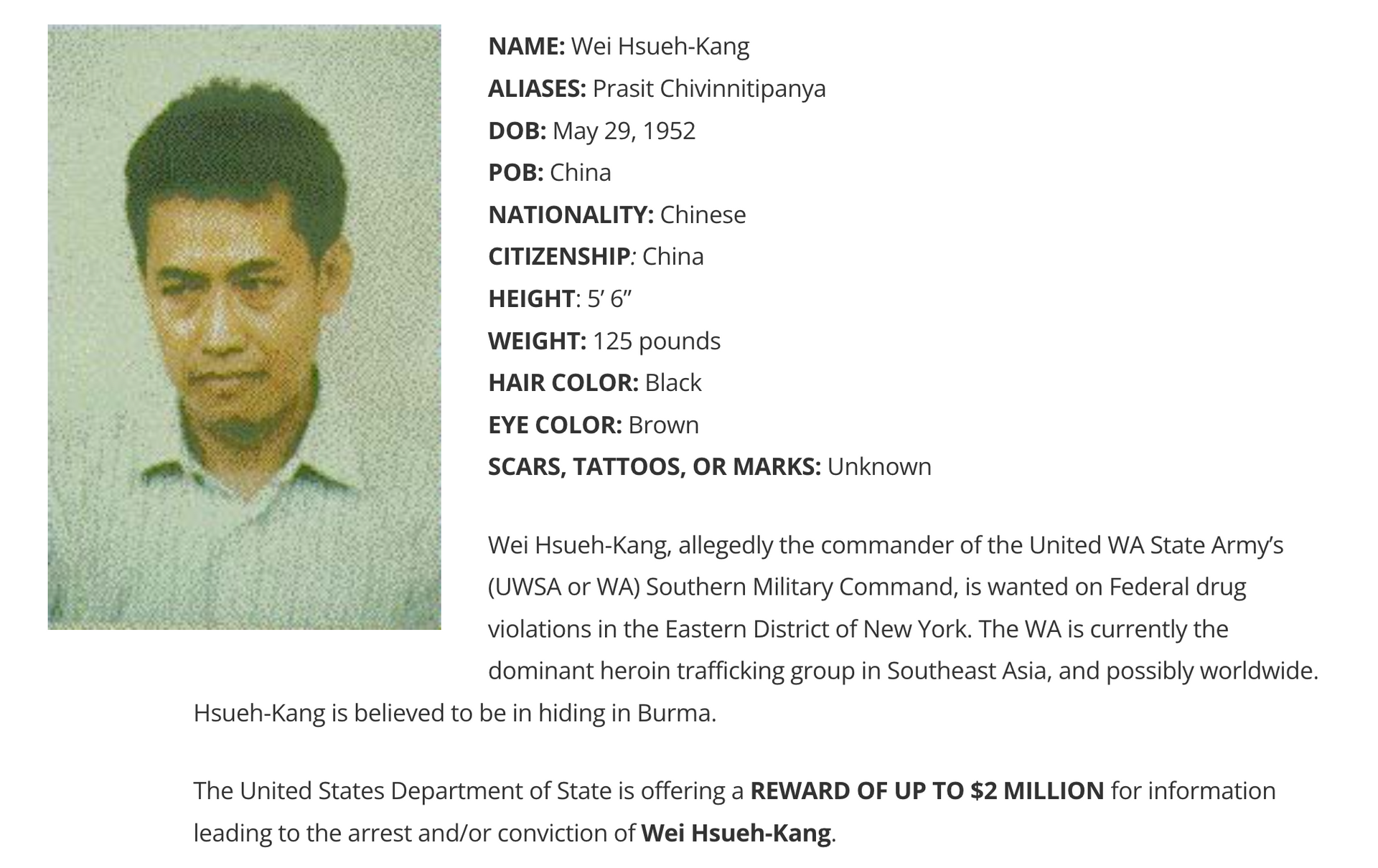
By Brian Saady
•
05 Feb, 2024
For the last two decades, while U.S. forces occupied the country, Afghanistan has been the epicenter of the world’s opium production with roughly 90% of global supply. After American troops withdrew from the country, and with the Taliban in charge, Afghan opium production drastically declined. There were an estimated 6,200 tons produced in 2022, as opposed to 333 tons in 2023, according to the United Nations Office on Drugs and Crime (UNODC). That may surprise some readers as the Taliban have been credibly linked with the heroin trade. The UNODC estimated in 2009 that the Taliban generated $155 million per year from Afghan opium. They weren’t traffickers but they forced traffickers and farmers to pay a “tax” in their territories. Even though those were handsome profits, the Taliban were relatively a minor part of a massive black market worth then roughly $3 billion annually. History shows that the Taliban’s policy on opium has shifted from time to time depending upon their circumstances. An opium ban in Afghanistan seems to fall in line with the Taliban’s tyrannical fundamentalist Islamic modus operandi. However, it also benefits those in power. Several Afghan warlords derive much of their authority as a result from black market profits. Hence, whoever controls the opium trade, or lack thereof, in Afghanistan holds all the cards in a country where the average annual income is 378 US dollars. After the Taliban gained control of Afghanistan in 1996, they struggled to find international recognition. Therefore, the Taliban killed two birds with one stone when its former leader, Mullah Omar, issued an opium ban in July of 2000. That edict was beyond effective. According to UNODC estimates, Afghan opium production dropped from 3,276 tons in 2000 to 185 tons in 2001. The U.S. State Department even approved $43 million of humanitarian assistance for the Afghanistan government just months before 9/11 due to its strong counternarcotics efforts. After 9/11, the Taliban’s power decreased but didn’t cease. America installed a deeply corrupt transitional government. In turn, opium production escalated exponentially. America sided with militias entrenched in the opium trade who opposed the Taliban, such as the Northern Alliance. But, the Western media has only reported in drips and drabs about the U.S.-allied politicians/warlords who have been far more prominently involved in heroin trafficking. The corruption ran to the top. There are too many flagrant examples to list concisely, but notably, a man carrying 183 kilos of heroin was released by the police because he was carrying a signed letter of protection from Afghanistan’s drug czar, General Mohammad Daud Daud. Wikileaks revealed that former President Hamid Karzai once pardoned five police officers who were captured with 124 kilos of heroin. Even Hamid Karzai’s half-brother, Ahmed Wali Karzai, was a known drug smuggler who had been on the CIA payroll for years. Practically the entire Karzai administration was on the CIA’s payroll all while the agency knew these officials were drowning in drug money.

By Brian Saady
•
15 Nov, 2021
Last month, the lengthiest manhunt in Colombian history culminated in the capture of the country’s most-wanted criminal, Dario Antonio Úsuga aka “Otoniel,” head of the notorious crime organization known as Gulf Clan or Urabeños. C olombia’s Defense Ministry estimates that this cartel, one of the country’s most powerful criminal organizations, smuggles up to 200 tons of cocaine annually, and has killed over 200 members of Colombia’s security forces. Otoniel deserves to be brought to justice, but the media’s oversimplified narrative about the takedown of “a drug kingpin” inadvertently serves as free public relations for the United States government’s disastrous foreign policy. The ugly truth is the American and Colombian governments indirectly enabled Otoniel’s rise to power through the decades-long War on Drugs. Otoniel is now Public Enemy Number One, but he was one of the roughly 30,000 right-wing paramilitary troops who fought on behalf of the Colombian government against the FARC and other leftist rebel groups in the 1990s. Like many other paramilitary members, he wasn’t particularly motivated by ideology, but by money and power. In fact, before Otoniel and his brother joined the most powerful right-wing paramilitary organization, the United Self-Defense Forces of Colombia, or AUC, they were members of the Marxist-Leninist guerilla group, the Popular Liberation Army. In the 1990s, paramilitaries were at the nexus of U.S. military and geopolitical interests in South America. Leftist rebels often committed acts of terrorism and extortion against U.S.-based corporations. That is why companies like Occidental Petroleum were key lobbyists for Plan Colombia, a Washington policy that was passed in 2000 and has since provided Colombia well over over $10 billion in military support for counternarcotics efforts, which has led to widespread and well-documented war crimes committed by the paramilitaries. Hence, the decision by Otoniel to join the AUC was likely more about self-interest than anything else. Profits from illegal drugs helped fund both the paramilitaries and the rebels. There was more money in it, and U.S. military aid disproportionately focused on fighting leftist drug trafficking organizations in Colombia. The United States can’t claim ignorance about the Colombian military-paramilitary connection. Human Rights Watch issued a report detailing how the U.S. Department of Defense and CIA coordinated with the Colombian military in 1991 to target and murder Colombian civilians who were not actual rebel enemy combatants. They were people suspected of being “communist sympathizers.” Many were liberal social activists and union leaders who directly opposed the interests of U.S. corporate interests in Colombia. The National Center for Historical Memory (CNMH) found that the paramilitaries had committed 1,166 massacres up until 2013. These attacks occurred often with direct coordination and/or protection from the Colombian government. In short, the paramilitaries were state-sponsored death squads. One such attack on July 15, 1997, was extensively documented and illustrated the macabre nature of the AUC. Over one hundred paramilitary fighters surrounded the town of Mapiripán and singled out community members who they viewed as communist sympathizers. The entire city was forced to watch as the paramilitaries tortured and eventually dismembered these people with chainsaws and machetes. The violence lasted for five days and the military ignored calls for help. The exact number of victims is unknown, in part because their bodies were tossed in the Guaviare River, but experts say at least 30 dead, with the highest estimate at 77 . Declassified U.S. government documents show that this attack was coordinated by the Colombian military. The AUC’s leader brazenly told the Colombian media afterward that there would be “many more cases like Mapiripán.” And the AUC kept to their word. One would think that Washington would not agree to send millions of dollars to a government with ties to such organizations. But Plan Colombia was passed just three years later with a big assist from President Bill Clinton. Clinton was even able to waive most of the human rights protections known as the “ Leahy Laws ” that would have affected the foreign aid going to Colombia in the plan. “His signature meant that lethal weaponry, intelligence support, and counterinsurgency training supplied by the United States would flow to Colombia’s military even as many of its units worked with the paramilitary groups responsible for massacres and widespread terror,” Human Rights Watch charged in a 2001 report . Despite years-long efforts, the AUC wasn’t officially designated as a terrorist organization until the ironic date of September 10, 2001. Whereas, the U.S. State Department designated the FARC four years earlier . After 9/11, George W. Bush pleaded for unified support from the international community against terrorism, but his administration indirectly funded terrorism committed by the Colombian government and its paramilitaries. Washington even increased funding for Plan Colombia in 2002 when Colombia elected Alvaro Uribe as President. Declassified documents show that U.S. officials were fully aware of Uribe’s extensive links with the Medellin Cartel and paramilitaries as early as 1991. The Bush administration had an opportunity in 2003 to take a stand against Colombia’s domestic terrorism when then-Assistant Attorney General Michael Chertoff was approached by representatives from Chiquita Brands International. They told Chertoff that Chiquita made payments to the AUC. Chertoff confirmed that the payments were illegal, but he left the door open to possibly continuing the payments because he didn’t want their company to cease operations in Colombia. Chertoff promised to follow up with them after consulting with national security officials. Chertoff never followed up with Chiquita, and their company continued making payments to the AUC. That dereliction of duty aided Chiquita’s eventual defense, which resulted in only a fine for the company. Chiquita described the payments as “protection money,” but evidence shows that the company had helped the AUC receive massive weapons shipments as well. Numerous scandals involving many Colombian politicians and prominent businesspeople forced the AUC to officially disband in 2006. Thousands of the fighters truly disarmed, but many simply separated into new organizations. The most notable is the Gulf Clan or the Urabeños. And this is where Otoniel comes back into the story. The modus operandi of the Gulf Clan shifted to that of a more of a traditional organized crime syndicate in that they began to openly threaten and murder government security forces. However, their organization maintains its roots as a tyrannical right-wing death squad. They distribute pamphlets throughout the rural territories that they control and threaten to “ socially cleanse ,” i.e. murder homosexuals, indigenous people, and liberal activists. They are a big reason why Colombia has the highest murder rate in the world for social activists , and the Gulf Clan often threatens specific activists in these pamphlets. It’s difficult to determine how far the Gulf Clan has shifted from the government’s enforcement wing to an organized crime family. However, the Medellin-based news organization Colombia Reports suggests that they functionally remain an organ of state-sponsored terrorism. Colombia Reports highlights odd coincidences in which the Gulf Clan has threatened to “ socially cleanse ” in areas that benefit the state-owned oil company, Ecopetrol, and ahead of Presidential visits from Ivan Duque, the protégé of Alvaro Uribe. Even if one accepts the notion that the Gulf Clan no longer has any paramilitary ties and acts purely as a criminal organization, there’s no reason to believe that Otoniel’s downfall will have a long-term effect on the drug trade. One person has been removed from an organization of 3,800 people that generates millions of dollars in revenue and controls large swaths of territory in a region that has the highest cocaine production in the world. Their corrupt network of enabling government officials and money-laundering businesspeople remains intact. Colombian officials announced that Otoniel will be extradited to the U.S. However, simply charging him as a “narco kingpin” minimizes the much more serious charges that he should face in Colombia. And it helps to launder the reputation of both the Colombian and American governments.
